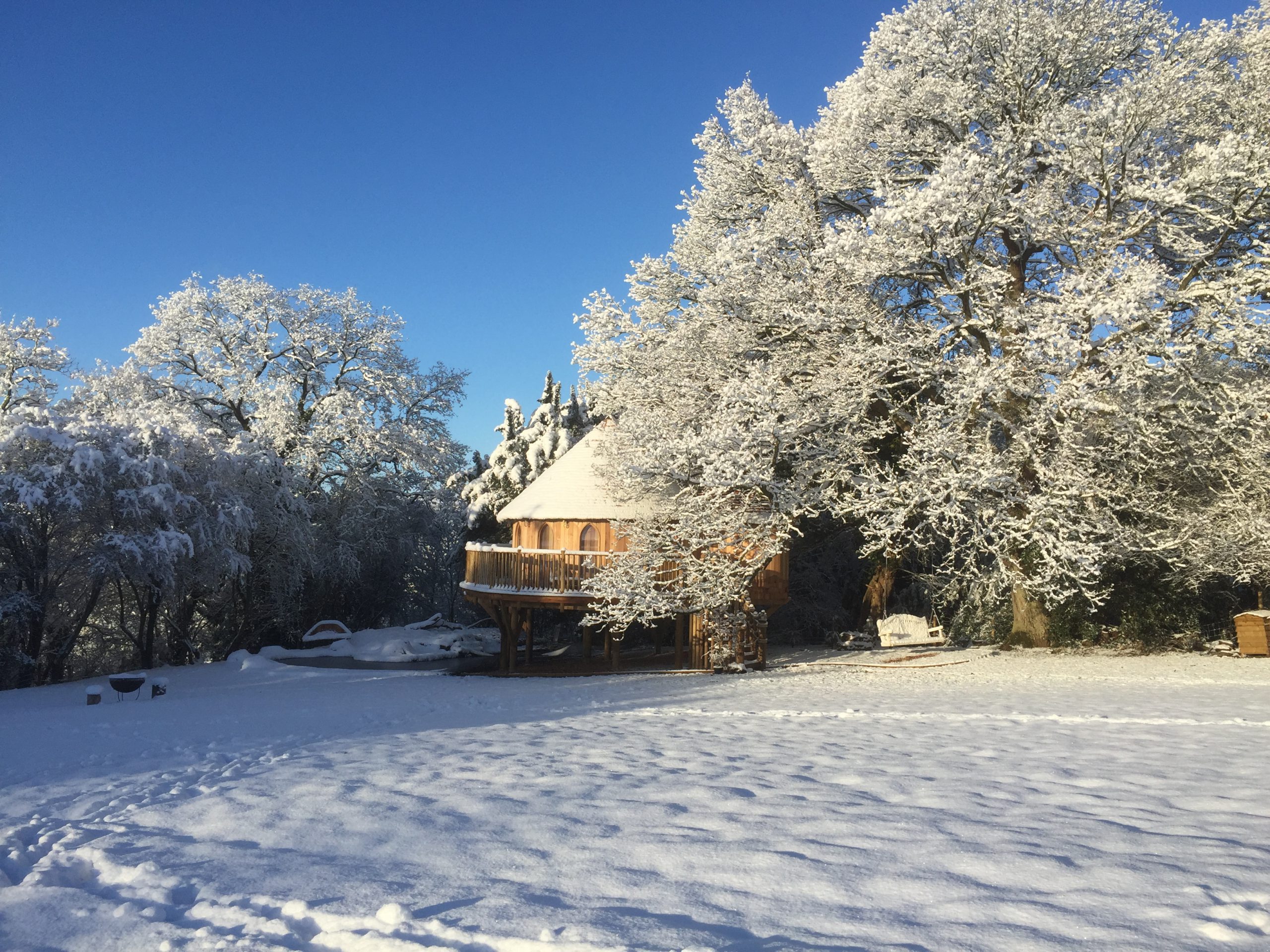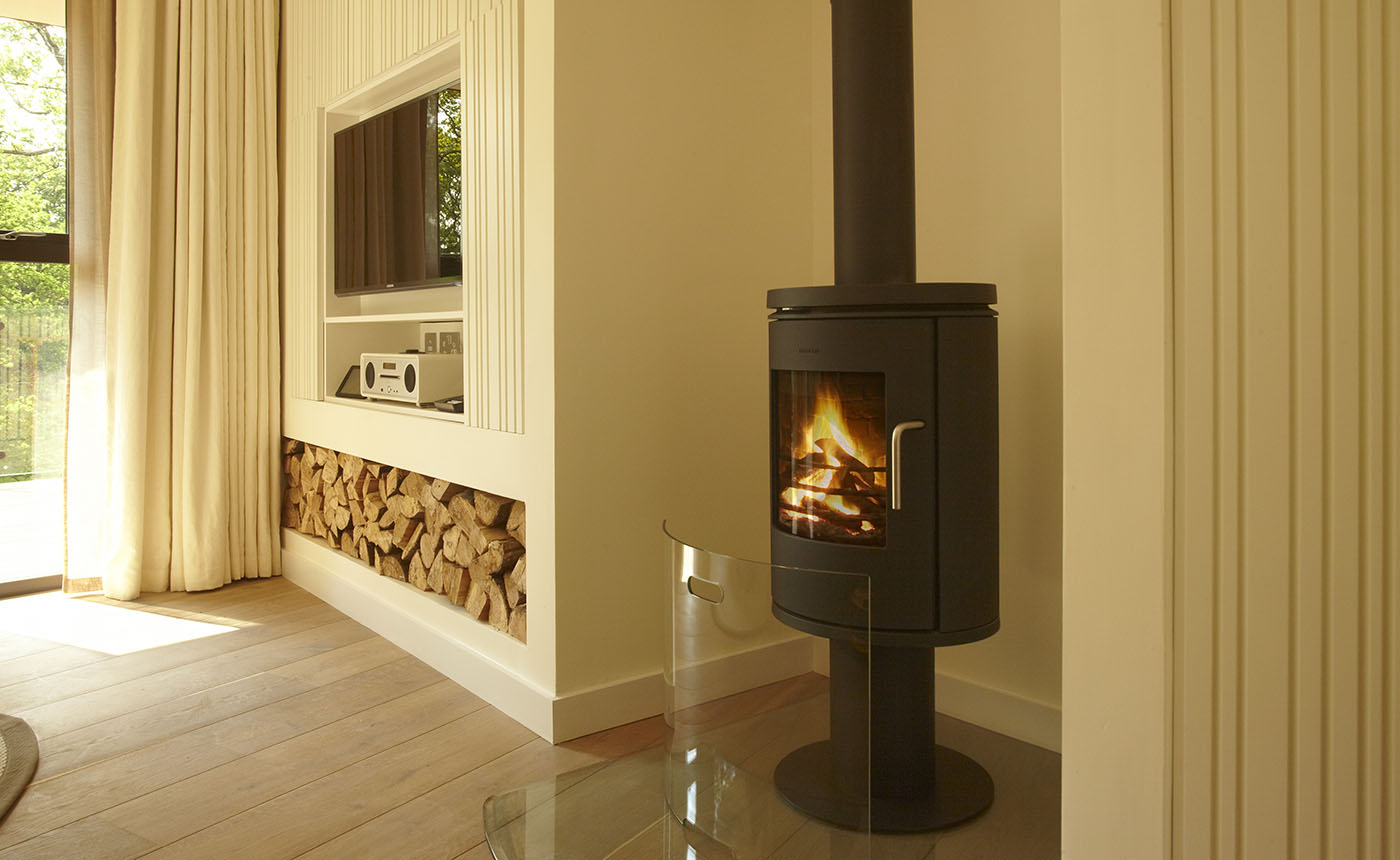If built and insulated correctly, a treehouse can feel toasty and warm even during the depths of winter. But how do you heat a treehouse when it’s up among the branches of a tree?
While a treetop retreat might be the best place to hang out in during the summer, many of our clients ask if their new luxury treehouse can be used throughout the colder months, too. We design our Blue Forest treehouses to be an exclusive haven that you can retreat escape to, at any time of the year.
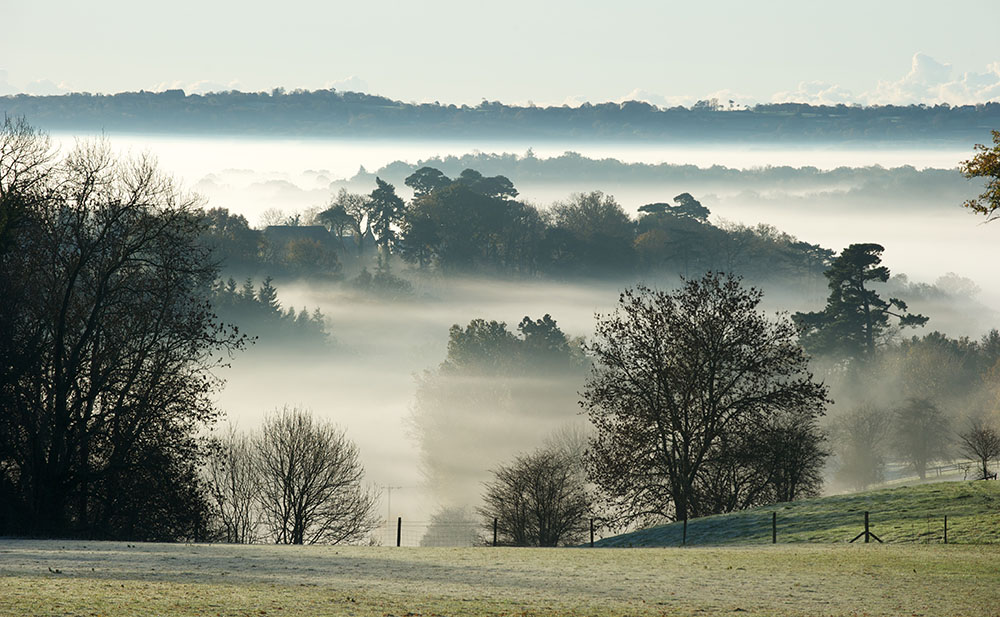
Unlike the simple treehouses we remember from our childhoods, a Blue Forest treehouse is fully insulated and equipped with all the home comforts you might need. They are also fully fitted with plumbing, electrics, lighting and any snazzy gadget you can imagine!
When it comes to insulation, there’s no point in trying to take any short cuts to save on money. You’ll end up having to pay more for energy bills, which isn’t good news for the environment. Structures which are insulated in the floor, walls and roof are best. All the walls of our treehouses are double wrapped in insulation to keep it feeling cosy and warm, and we do the same for the roof and floors to ensure that minimal thermal abrasion occurs.
We use a specialised form of insulation, which is flexible with a honeycomb structure. We take great care to fit the installation correctly, avoiding gaps and cold bridges to ensure that minimum thermal abrasion occurs. We install our treehouses with double-glazed windows, which also include trickle vents to ensure adequate natural ventilation.
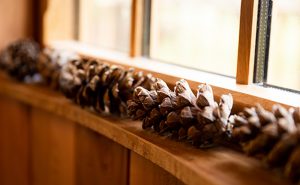
What are U-Values?
It’s always worth looking at the U-Value of a structure, particularly of the walls and the windows. Also known as thermal transmittance, the U-Value is the rate of heat transfer through a material or structure. The units are measured in W/m²K and the better-insulated a structure is, the lower the U-value is.
We design our treehouses to be airtight, meaning that they all achieve the required U-Values needed to meet with regulations across the British Isles. Having a low U-Value is considered to be a critical factor in reducing the need to burn excessive carbon fuels for heat. If a structure has an excellent thermal performance, then it requires far less energy to keep warm, resulting in lower bills and a lower carbon footprint.
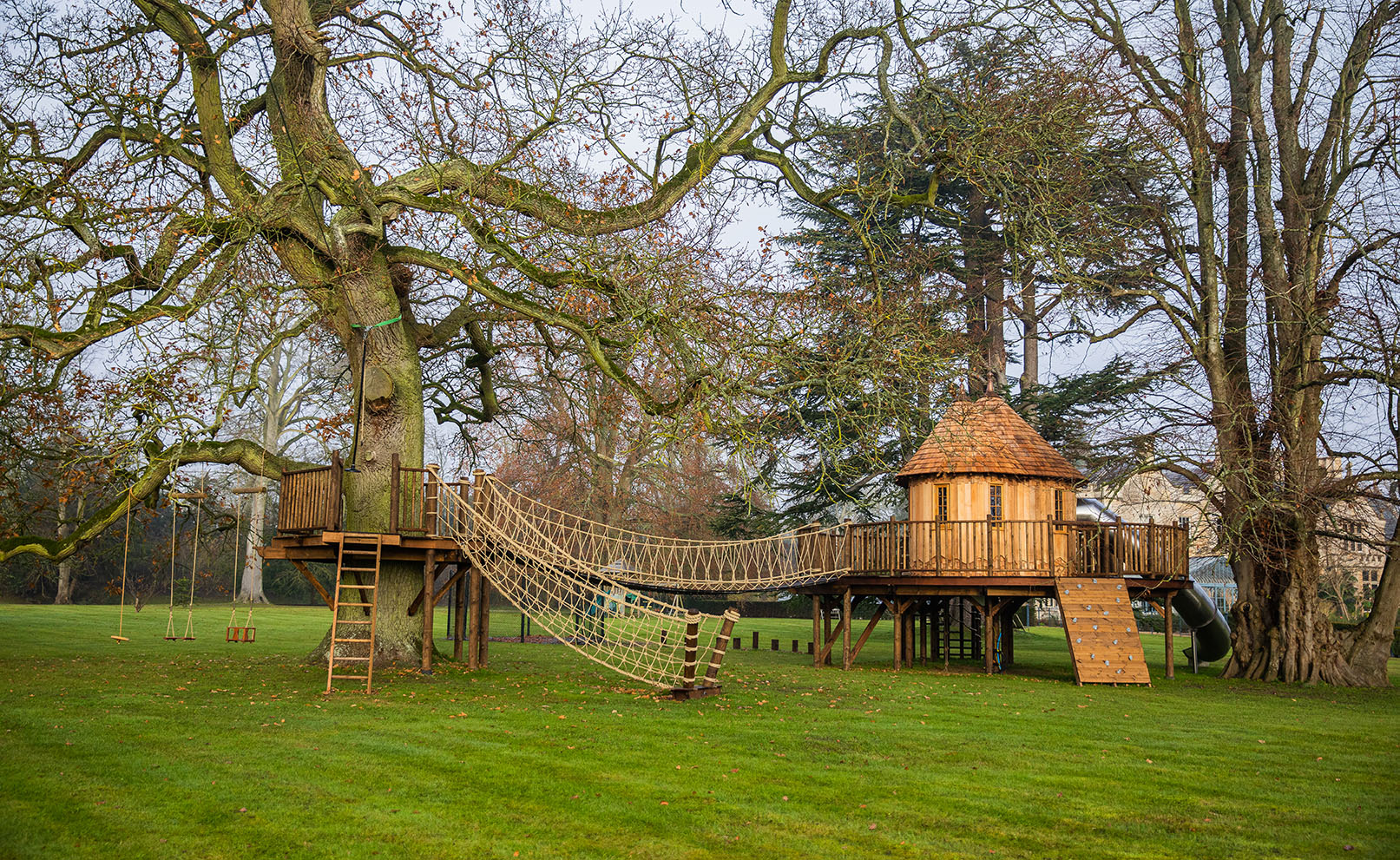
For each new project, we always take the surrounding environment and climate into consideration. Sophie, our structural engineer, considers potential snow load weight in her calculations and ensures that roof pitches are at an angle, so snow or water slides off.
Treehouse Heating Options
However well insulated a treehouse is, it’s still nice to have additional heating options through the winter. Underfloor heating is a popular option, and we offer wet underfloor heating as an additional feature. Our clients love being able to set rooms to different temperatures depending on their requirements, for example, having a warmer bathroom but a cooler bedroom.
Other options include wood burners, which (providing you use wood from a sustainable source) are great for heating a treehouse in an eco-friendly way. People ask if wood burners are safe in timber structures…. Still, providing they are adjacent to non-combustible materials and installed by HETAS registered engineers, they are perfectly safe.
